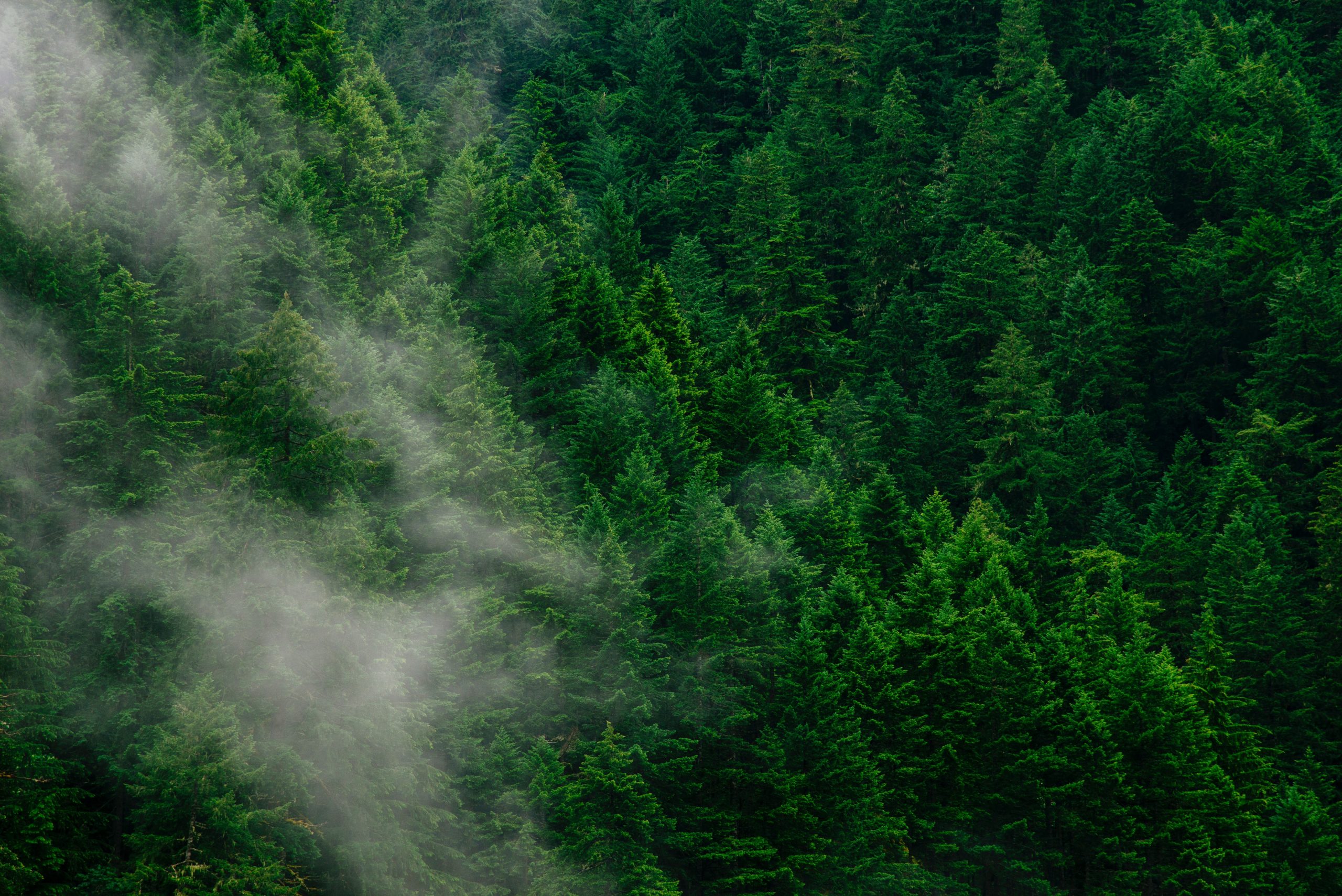First commemorated on July 18, 2010, World Listening Day aims for people to take a step back from the rapid pace of life and overcome the obstruction it causes to our listening skills. Besides lending an ear to someone who expresses their emotions and thoughts, listening can also result in some much-needed contemplation and thought processes that otherwise go unacknowledged. The major objective of World Listening Day is to stop and listen to the sounds of nature.
Also read: World Oceans Day: Here’s all you need to know about history and significance
History and Significance
World Listening Day was observed in honour of R. Murray Schafer’s birthday, who was a Canadian composer, music educator, and author.
Also read: UN chief Antonio Guterres calls for an end to ‘suicidal war against nature’
Held by the World Listening Project, this day is also centred around acoustic ecology, which was a concept developed by Schafer’s World Soundscape Project. It is described as the study of the relationship between humans and their environment through sound. Conserving critical soundscapes also remains one of the aims of World Listening Day.
Also read: What impact Supreme Court’s EPA-climate change ruling can have: Explained
Some of the ways to mark this occasion would be to hold educational seminars, listening parties, and special performances to better understand our relationship with the environment. Some of the other methods include:
Also read: Sunita Narain: Indian environmentalist gets nod in Prince William’s speech
- Going outside and listening to the sounds of nature.
- Learning more about field recording and attempting to record the sounds of nature.
- Reading R. Murray Schafer’s book, “The Tuning of the World”.
- Watch clips regarding field recording.
The theme for World Listening Day 2022 is “Listening Across Boundaries”. According to the World listening Project’s website, the theme “invites us to explore the role of listening across branches of knowledge including scientific, medical, and musical purposes; how natural soundscapes do not recognize human-drawn boundaries of protected areas…”







